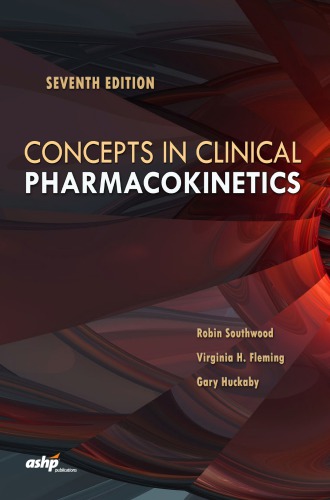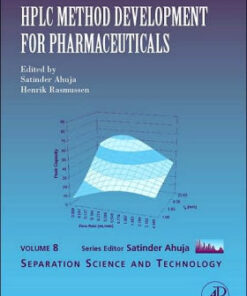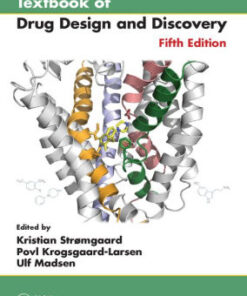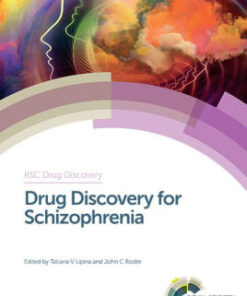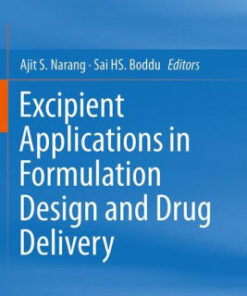(eBook) Drug Design – Methodology, Concepts, and Mode-of-Action by Klebe
$32.00
Download instantly Drug Design – Methodology, Concepts, and Mode-of-Action by Gerhard Klebe. It is ebook in PDF format.
ISBN-10: 3642179061 ISBN-13: 9783642179068
Preview
This is the PDF eBook version for Drug Design – Methodology, Concepts, and Mode-of-Action by Gerhard Klebe
Table of Contents
Part I Fundamentalsin Drug Research.- 1. Drug Research Yesterday, Today and Tomorrow.- 2. The Role of Serendipityin Drug Research.- 3. Classical Drug Research.- 4. Protein-Ligand Interactionsas the Basis for Drug Action.- 5. Optical Activity and Biological Effects.- Part II Discovery and Optimizationof Lead Compounds.- 6. Screeningfor Lead Structures.- 7. Screening Technologies for LeadDiscovery.- 8. Optimizationof Lead Structures.- 9. Designingprodrugs.- 10. Peptidomimetics.- Part III Experimental and Theoretical Methods.- 11. Combinatorics: Chemistry With Big Numbers.- 12. Gene Technology in drug research.- 13. Experimental Methods of Structure Determination.- 14. The Spatial Structure of Biomolecules.- 15. Molecular Modelling.- 16. Conformational Analysis.- Part IV Structure-Activity Relationships and Design Approaches.- 17.Pharmacophore Hypothesis and Molecular Comparisons.- 18. Quantitative Structure-ActivityRelationships.- 19. From in vitro to in vivo:Optimization of ADME-Tox Properties.- 20. ProteinModeling and Structure-BasedDrug Design.- 21. ACase Study: Structure-Based Inhibtor Design for tRNA-Guanine Transglycosylase.- Part V. Drugs and drug action: Successes of stucture-based design.- 22. Howdrugs act: Concepts for therapy.- 23. Inhibitors of hydrolases With an acyl-enzymeintermediate.- 24. Asparticprotease inhibitors.- 25. Inhibitorsof hydrolysing metalloenzymes.- 26. Inhibitorsof transferases.- 27. Inhibitors ofoxidoreductases.- 28. Agonists and antagonistsof nuclear receptors.- 29. Agonists and antagonists of membrane-bound.- 30. Ligands forchannels, pores and transporters.- 31. Ligands for surfacereceptors.- 32. Biologicals: Peptides, proteins, nucleotidesand macrolides as drugs.

